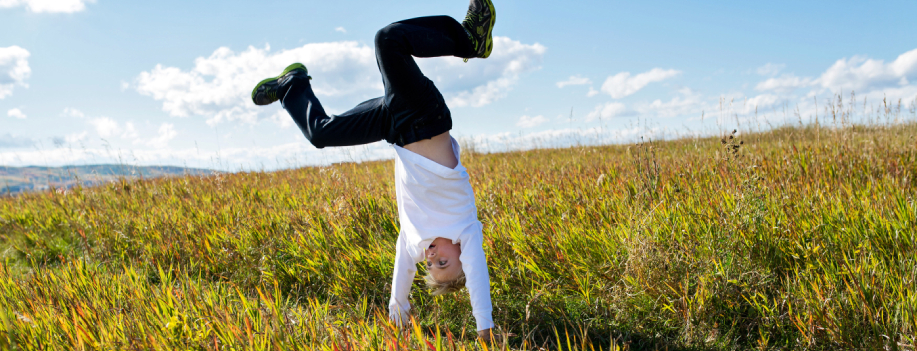What is physical literacy?
People who are physically literate have the competence, confidence and motivation to enjoy a variety of sports and physical activities. As a result, they are more likely to stay active.
But what is physical literacy exactly?
Like reading and arithmetic, which develop a literary or numerical vocabulary, physical literacy develops a “movement vocabulary” of fundamental movement skills and fundamental sport skills.
These skills are the basis for moving with competence and confidence in every kind of activity environment:
- on the ground, both indoor and outdoor
- in and on water
- on snow and ice
- in the air
Our children need to learn physical literacy in a wide range of settings and will benefit if they get support in developing physical literacy from many different people in their lives.
Sport for Life: PLAY Tools
Sport for Life uses the following rubric in their Physical Literacy Assessment of Youth (PLAY) toolkit that includes objective observation of children in movement skills and tasks.
The skills fall into one of two categories: Developing or Acquired. Within the Developing category, the participant will be classified as either Initial or Emerging, while under the Acquired category, the participant will be classified as either Competent or Proficient.
